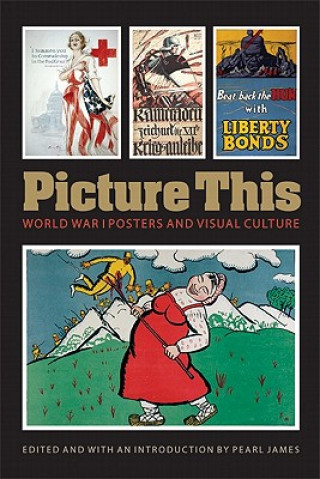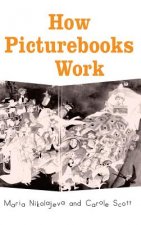
Doručení
Nákupní rádce





Nehodí se? Vůbec nevadí! U nás můžete do 30 dní vrátit
 Dárkový poukaz
V libovolné hodnotě
Dárkový poukaz
V libovolné hodnotě
S dárkovým poukazem nešlápnete vedle. Obdarovaný si za dárkový poukaz může vybrat cokoliv z naší nabídky.
Picture This
 Angličtina
Angličtina
 87 b
87 b
30 dní na vrácení zboží
Mohlo by vás také zajímat


The First World War was waged through the participation not just of soldiers but of men, women, and children on the home front. Mass-produced, full-color, large-format war posters were both a sign and an instrument of this historic shift in warfare. War posters celebrated, in both their form and content, the modernity of the conflict. They also reached an enormous international audience through their prominent display and continual reproduction in pamphlets and magazines in every combatant nation, uniting diverse populations as viewers of the same image, and bringing them closer, in an imaginary and powerful way, to the war. Most war posters were aimed particularly at civilian populations. Posters nationalized, mobilized, and modernized those populations, thereby influencing how they viewed themselves and their activities. The home-front life - factory work, agricultural work, domestic work, the consumption and conservation of goods, as well as various forms of leisure - became, through the viewing of posters, emblematic of national identity and of each citizen's place within the collective effort to win the war. Essays by Jay Winter, Jeffrey T. Schnapp, Jennifer D. Keene, and others reveal the centrality of visual media, particularly the poster, within the specific national contexts of Britain, France, Germany, Russia, and the United States during World War I. Ultimately, posters were not merely representations of popular understanding of the war, but instruments influencing the reach, meaning, and memory of the war in subtle and pervasive ways.
Informace o knize
 Angličtina
Angličtina
Kategorie




 Jak nakupovat
Jak nakupovat

























